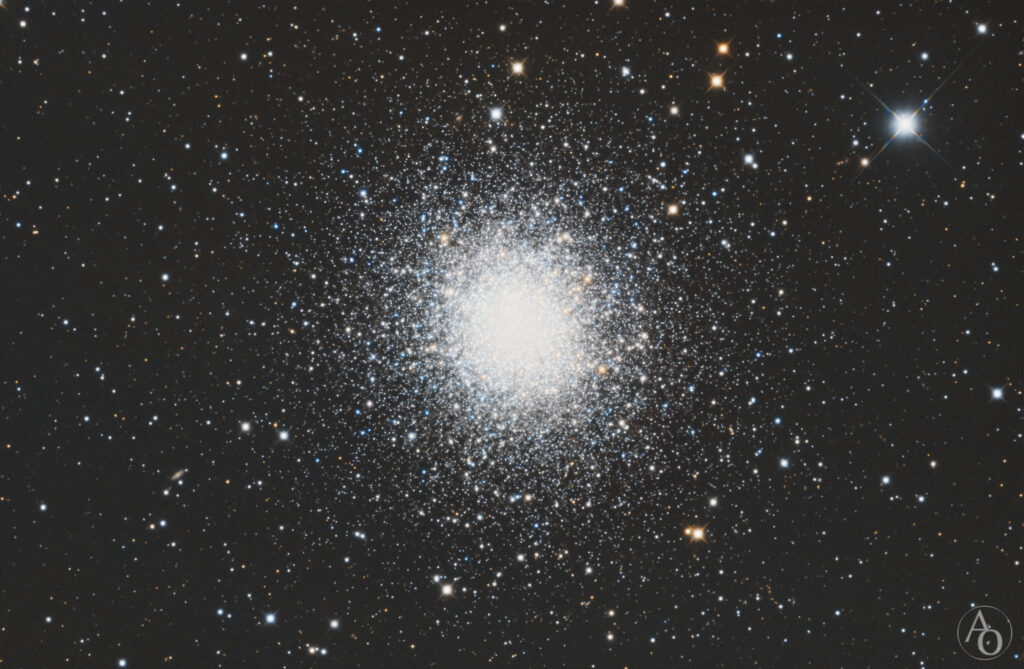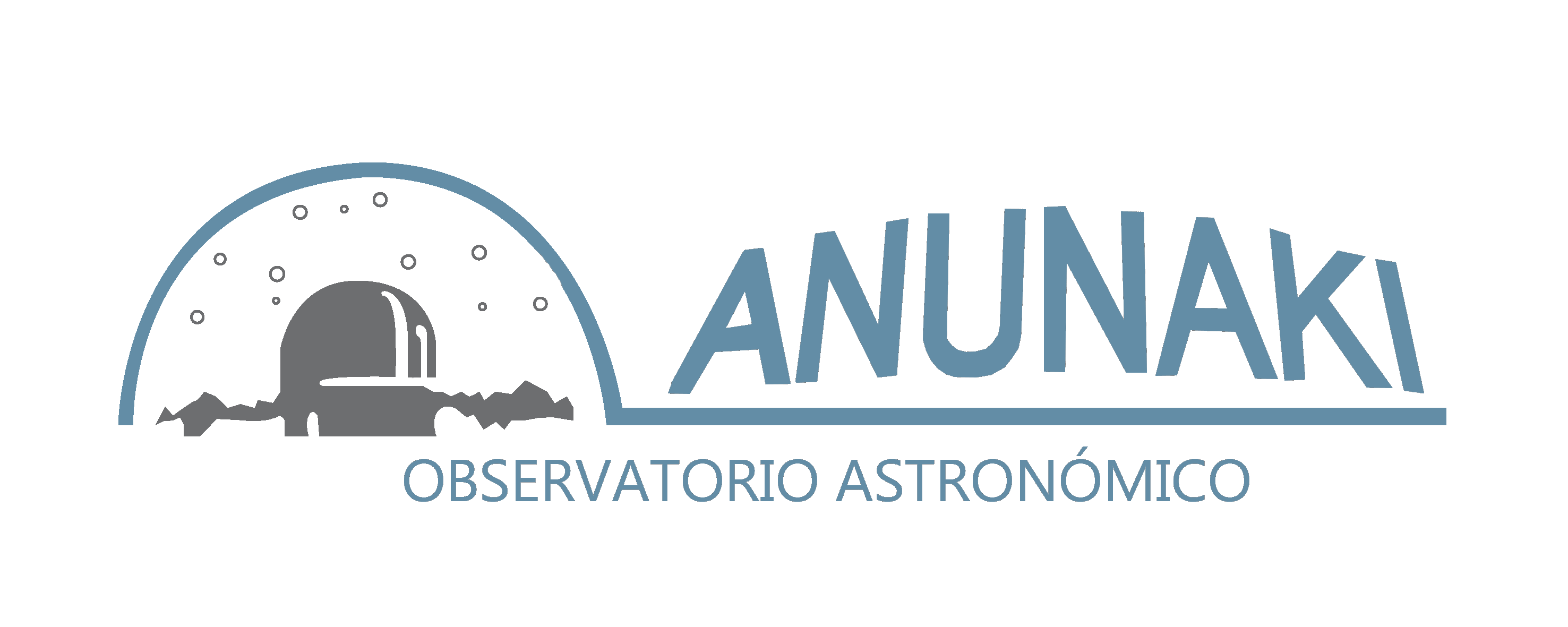The Globular Cluster M13: A Jewel in Hercules
M13, also known as the Great Hercules Cluster, is one of the most spectacular globular clusters in the northern sky. Located about 22,000 light-years from Earth, it contains over 300,000 stars packed into a sphere approximately 145 light-years in diameter. Despite its distance, it is visible through binoculars under dark skies and reveals its true beauty in medium to large telescopes, displaying a dense core of stars surrounded by a faint, spherical halo.

Nature of Globular Clusters
Globular clusters are spherical, densely packed groups of old stars that orbit the halo of a galaxy. Unlike open clusters, which contain younger stars and lie within the galactic plane, globular clusters are much older (between 10 and 13 billion years) and are composed of evolved, metal-poor stars. This makes them some of the oldest known objects in the observable universe.
They are key to understanding the early formation of galaxies, as they were formed during the initial stages of galactic evolution. Over 150 globular clusters are known to exist in our Milky Way, and many have been extensively studied to trace the chemical and dynamical history of our galaxy.
M13 in Particular
M13 stands out not only for its brightness and size, but also for its beauty and accessibility. It was discovered by Edmond Halley in 1714 and later cataloged by Charles Messier in 1764. In modern astronomical observations, M13 remains a popular target for both amateur and professional astronomers, offering a privileged glimpse into the conditions of the early universe.
